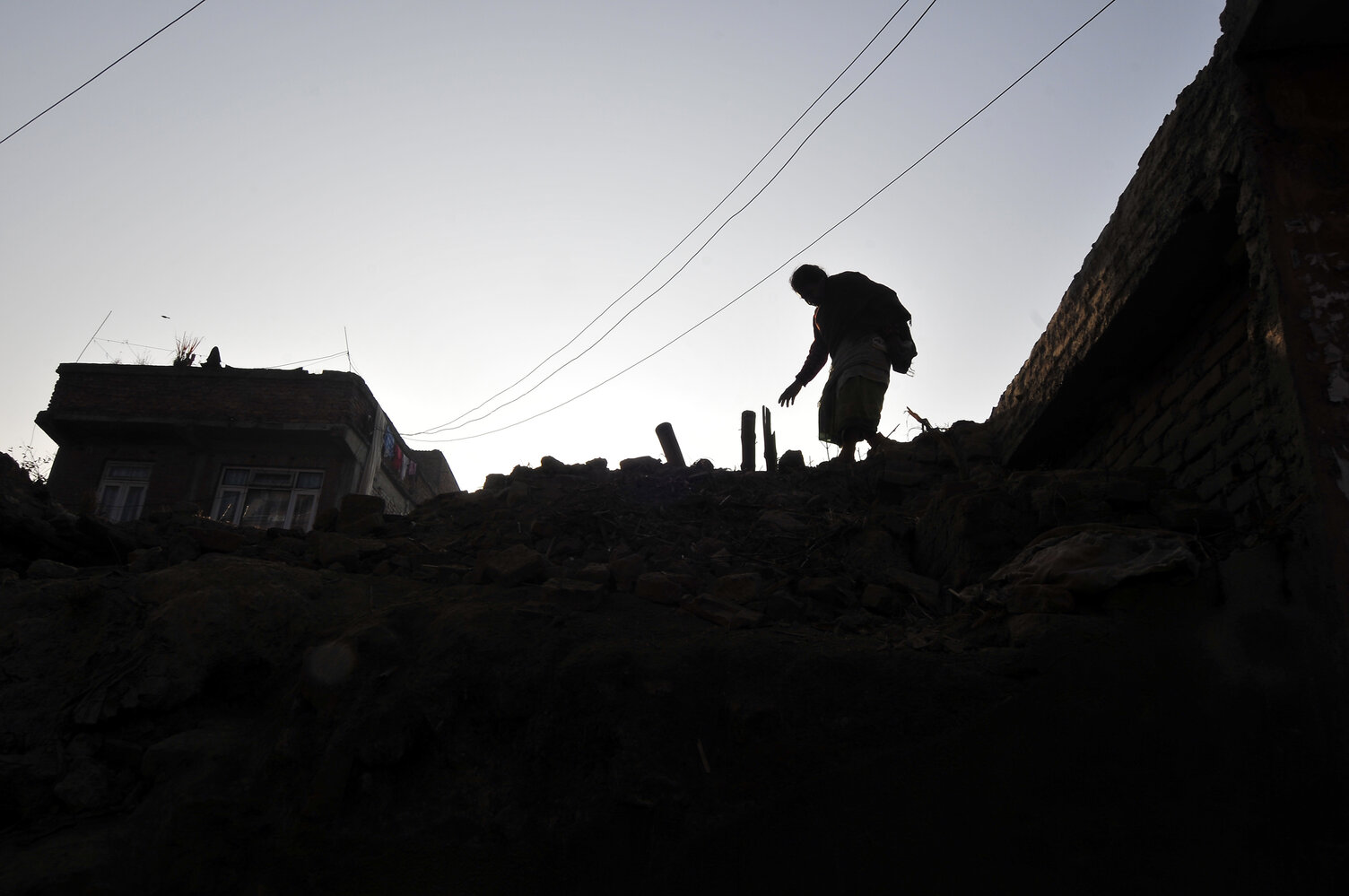Now Reading: There’s a place where humans are evolving right before our eyes
-
01
There’s a place where humans are evolving right before our eyes
There’s a place where humans are evolving right before our eyes

In the thin air of Nepal’s highlands, scientists are witnessing humans evolving in real time as they adapt to one of Earth’s harshest environments.
Above 3,500 meters (around 11,500 feet), oxygen levels drop significantly. Most people who ascend to these heights without acclimatization risk altitude sickness, a condition that occurs when the body can’t get enough oxygen. However, for generations, communities on the Tibetan Plateau have not only lived, but thrived under these conditions.
A study led by anthropologist Cynthia Beall of Case Western Reserve University reveals how humans in this region have physically evolved to meet the challenges of low-oxygen living. The researchers studied 417 women, all lifelong residents of high-altitude areas in Nepal.

By measuring everything from hemoglobin levels to heart size, they set out to find what traits helped some women have more children than others, a key indicator of evolutionary fitness.
Tech. Entertainment. Science. Your inbox.
Sign up for the most interesting tech & entertainment news out there.
By signing up, I agree to the Terms of Use and have reviewed the Privacy Notice.
The women with the highest number of live births didn’t have the highest or lowest levels of hemoglobin, either. Instead, their levels were in the middle of the pack. What really stood out, though, was their oxygen saturation. Their blood was more efficient at transporting oxygen without thickening, a balance that reduces strain on the heart.
These women also had wider heart ventricles and stronger blood flow to the lungs. Taken together, these traits mean more oxygen gets delivered to tissues, which is exactly what’s needed in a place where the air holds less of it.
This isn’t just about survival, though. It’s about reproduction and passing on the traits that make high-altitude life possible. While social and cultural factors also play a role in family size, the physiological advantages were clear. These traits aren’t random. They’re signs of natural selection in action.
Human evolution is far from over. It’s happening right now, in the lungs, blood, and hearts of people high in the Himalayas. And as we study these changes, we will hopefully gain insight not just into our history, but into our future as well.























